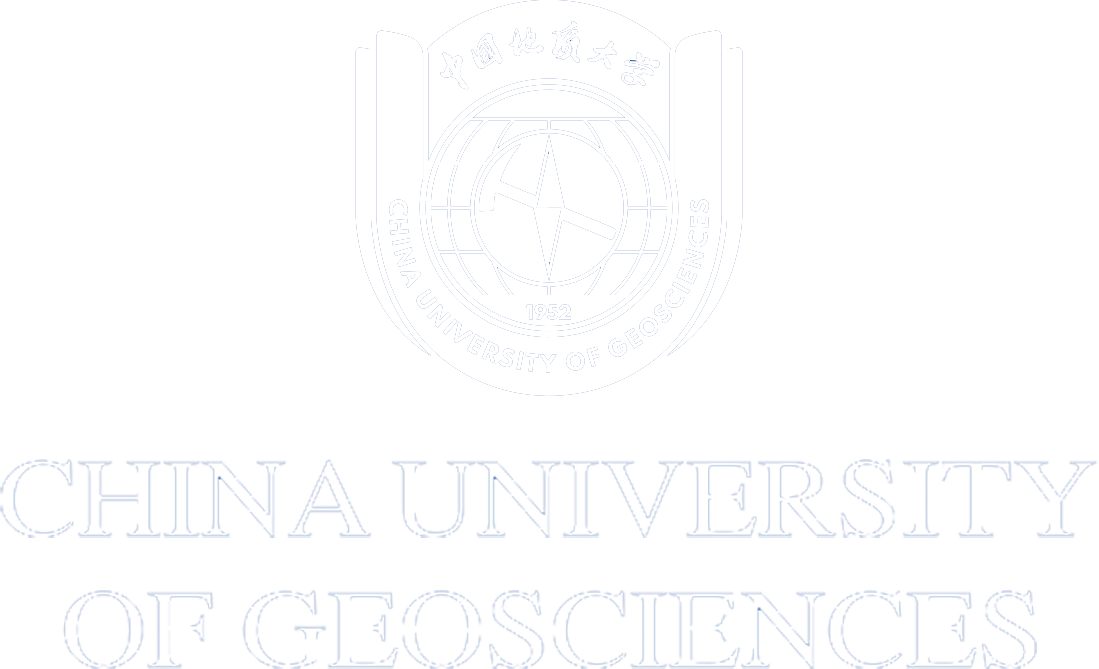This study presents a low-temperature thermochronological data set from the Jiaodong Peninsula in eastern China, including new zircon U-Th/He and apatite fission-track data from the Sulu Terrane in the eastern side of the Jiaodong Peninsula and published data from the Jiaobei Uplift to the west. These data reveal differential tectonic evolution between the Jiaobei Uplift and the Sulu Terrane, which is responsible for their heterogeneous gold endowment. Thermal history inverse modeling and structural analysis indicate three broad periods of cooling in the Sulu Terrane. These include: (a) slow cooling from 114 to 50 Ma; (b) rapid cooling from 50 to 40 Ma; and (c) tectonic stability after 40 Ma with little cooling. This thermotectonic evolution pattern shows that the local tectonic evolution of Sulu Terrane and Jiaobei Uplift are relatively independent, although they share identical far-field geodynamic controls. The critical characteristic is the Early Cretaceous extension within the Sulu Terrane was much weaker than that in the Jiaobei Uplift that underwent a rapid period of uplift in the Aptian. The differential tectonic evolution of the two areas induced variation in structural architecture and consequential differences in degree of extension that are important factors in defining the heterogeneous gold endowment rather than simply suggested differences in ore-forming fluid chemistry, metal precipitation mechanism, and/or exhumation levels. The intense extension in the Jiaobei Uplift was conducive to voluminous fluid migration and gold precipitation. In contrast, the much weaker extensional setting in the Sulu Terrane was not conducive to large-scale fluid migration from deep.
Article link: https://doi.org/10.1029/2022TC007669




 Address
Address
 E-Mail
E-Mail
 Telephone
Telephone